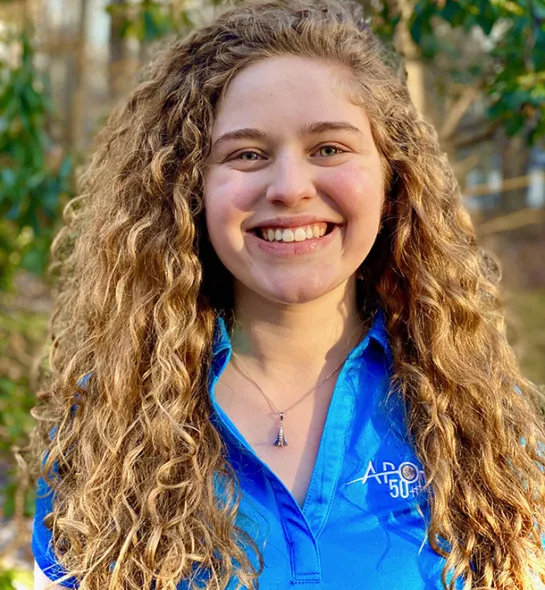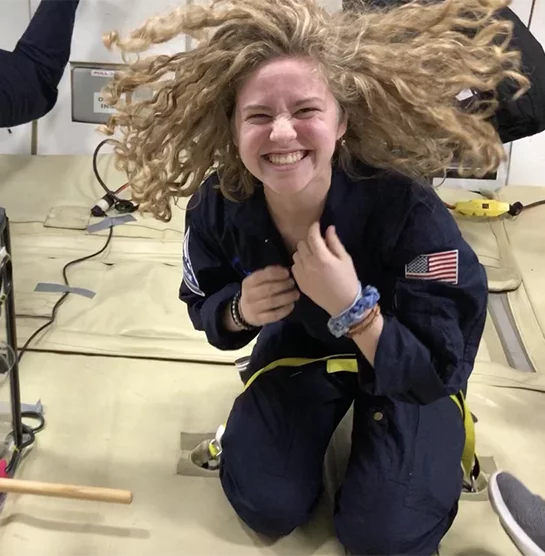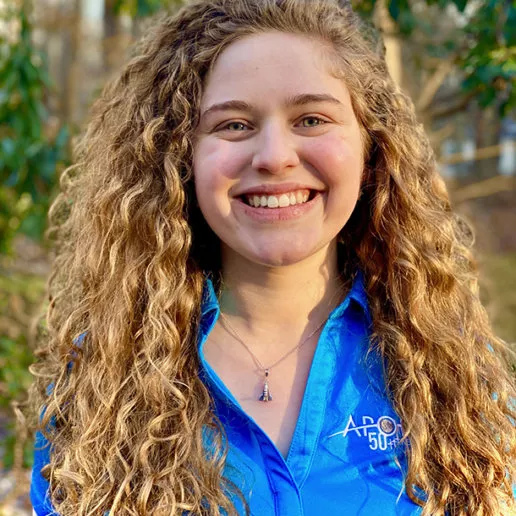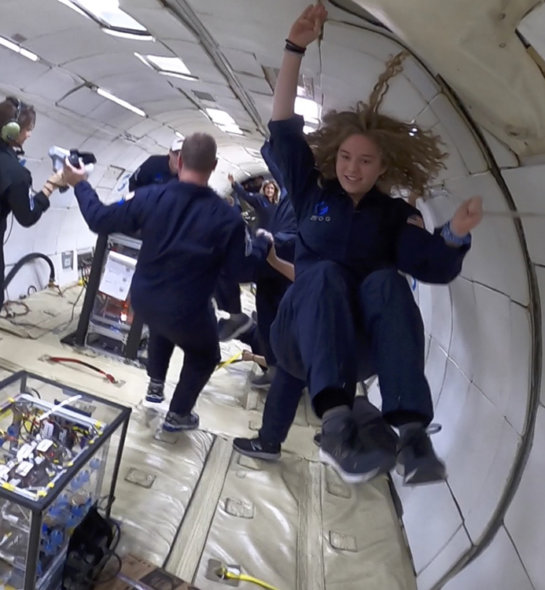Deeper Dive
My experiment required microgravity conditions, which posed a challenge because achieving microgravity requires a drop tower, parabolic flight, suborbital flight, or an in-space platform like the International Space Station. The drop tower would not provide a sufficient microgravity period, and the suborbital and in-space platforms take years to schedule. Therefore, the only option was parabolic flight; and, flight services fees alone were over $20,000 with the materials for my test apparatus costing approximately $5,000. Raising $25,000 was a major obstacle to overcome to conduct my research. Companies were nervous to invest or provide grants because I was “only a high school student.” I found the key to raising funds was to show people my passion for research, explain the importance and benefits of my research, and demonstrate a history of quality results. I ultimately accomplished my $25,000 goal through internship earnings, grants, and the generosity of people through a GoFundMe campaign.
This experiment is fundamental to interplanetary travel, human sustainability in space, and spacecraft efficiency. The results may be applied to spacecraft liquid systems including fuel, heating and cooling, water for life-support, and recycling systems. My technique reduces or eliminates the need for slosh subsystems (such as PMDs), saving tens of millions of dollars per year. My method simplifies the construction of SmallSats by eliminating the need for complex PMDs for conformal tanks. Ultimately, custom surface energy profiles are effective at controlling fluid behavior in microgravity.
To validate broader uses, I’m conducting additional experimentation and creating Computational Fluid Dynamics (CFD) models. CFD models are complementary to experimentation techniques, because microgravity experiments are expensive, opportunities for microgravity are few and far between, but experiments are necessary to develop CFD modeling parameters. Once a highly correlated CFD model is developed, then the CFD can be used to test and scale solutions rapidly. I’m using this approach to explore management of ultra-high wetting cryogenic fuels, which consume a large percentage of spacecraft mass. To improve SmallSat performance, I’m also testing the applicability to conformal tanks. The SmallSat market is growing and is expected to reach $51B by 2029, fueled by benefits of university-related research to global satellite-based internet to investigations beyond Earth.



